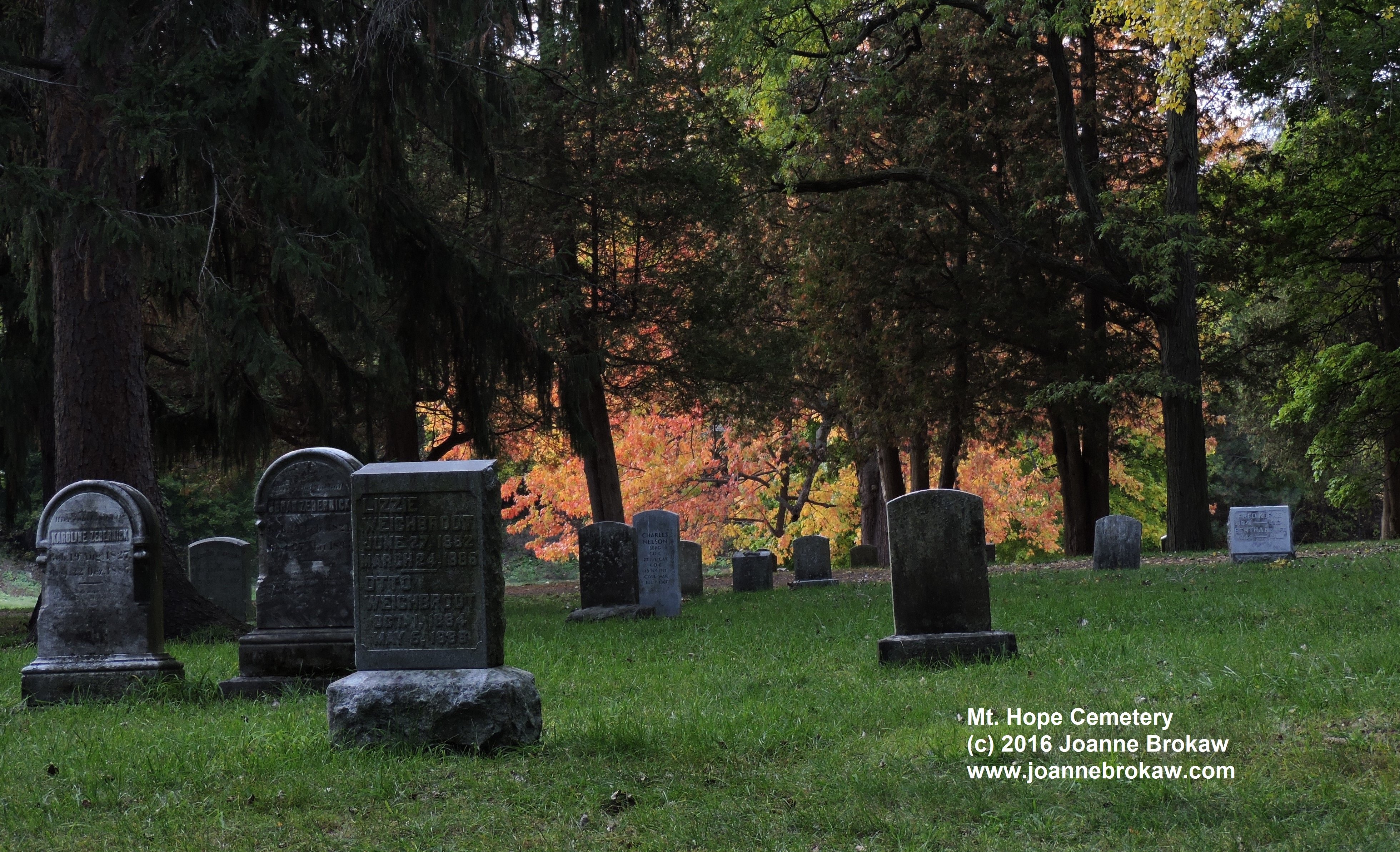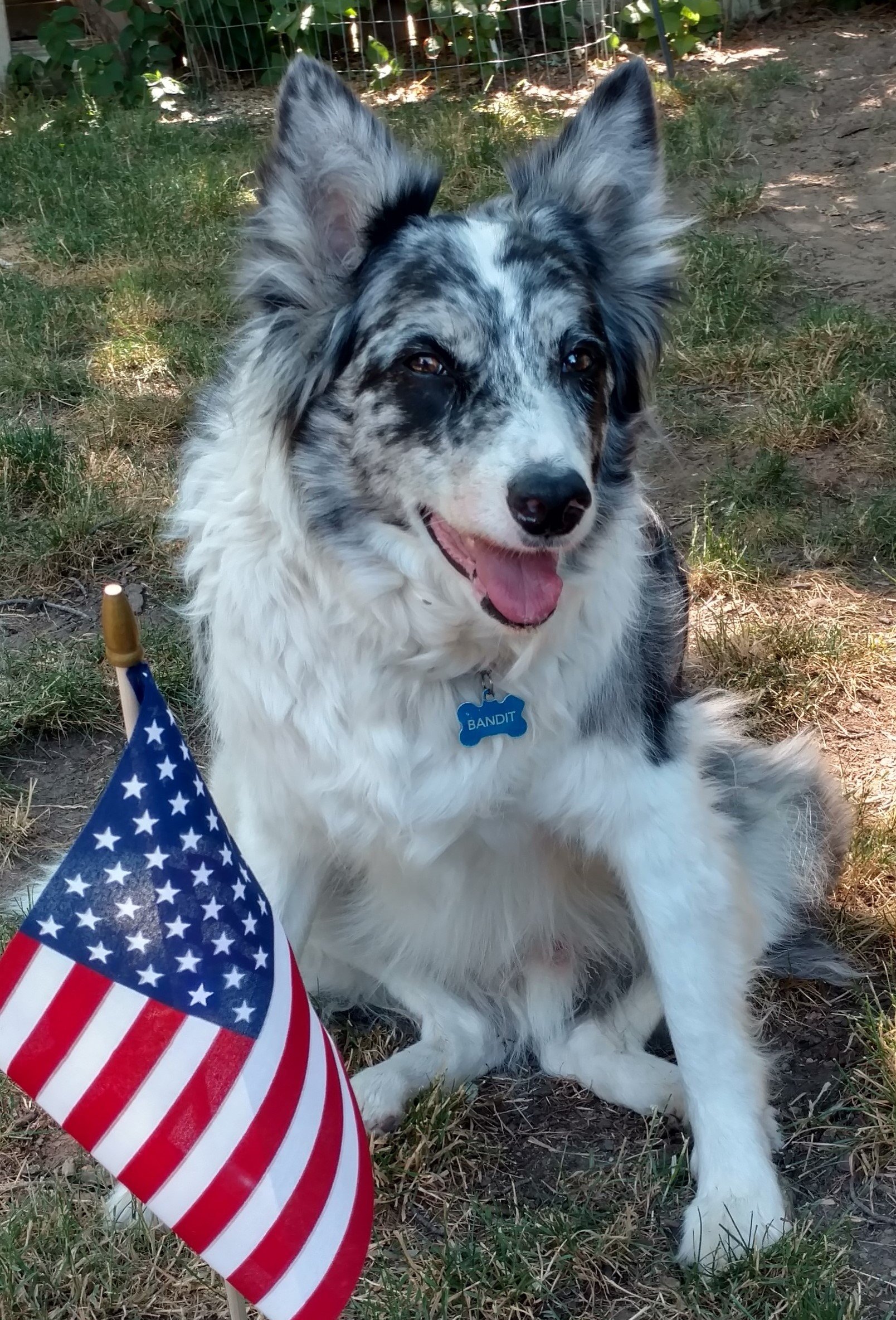
In 2007, then Atlanta Falcons’ quarterback Michael Vick was indicted in a dogfighting case that rocked the sports world and struck a nerve with animal lovers everywhere. The case made international headlines and begged the question, How could an athlete with the world at his feet be so cruel to animals?
But more importantly – and almost entirely overlooked – is what happened to the 51 pit bulls taken from Vick’s Bad Newz Kennels.
Three years later, Sports Illustrated’s Jim Gorant brings us the complete, behind-the-scenes story of the investigation and the heroic efforts on the part of federal investigators and pit bull rescue groups to rehabilitate the dogs in his new book, “The Lost Dogs: Michael Vick’s Dogs and Their Tale of Rescue and Redemption”.
You read that right: rehabilitate pit bulls bred for dogfighting.
It’s a fantastic story that focuses very little on Vick and his companions in the dog-fighting operation (other than what’s necessary to get the story started) and instead gives an indepth look at the investigators who took on the case and the dog lovers who took on the dogs.
The first 40 pages or so are difficult to read. Gorant is a master storyteller, bringing the reader into the dog fighting ring and alternating with some chapters from the dogs’ perspectives. It’s not an easy scene to stomach, but readers should be strong; the story gets much – much, much – better.
That’s because in this case, rather than being euthanized after the case had gone to trial, Assistant U.S. Attorney Mike Gill made the unprecedented decision to investigate options for rehabilitation for the dogs.
Enter ASPCA’s Dr. Steve Zawistowski, charged with hand picking a panel of experts to evaluate the dogs. The team included seven canine experts and Tim Racer and Donna Reynolds, the founders of BAD RAP – Bay Area Doglovers Responsible About Pitbulls.
http://www.youtube.com/watch?v=ZyCTcMcULZI&feature=player_embeddedRather than make a blanket statement about pit bulls as a breed, the evaluation team was charged with evaluating each dog individually and reporting back to federal investigators with their expert opinions on which dogs could be saved. As the group met, they agreed that if they could save five of the remaining dogs (two had died in shelter care), they would consider their mission a success. And they thought five was an optimistic goal.
In the end, 47 dogs made the cut, many going on to become family pets and therapy dogs, others finding forever homes at Best Friends Animal Society in Utah. (Just to clarify: only two dogs were court ordered to live out their lives at Best Friends. According to an email I got from Barbara at Best Friends, “Three of the ‘Vicktory Dogs’ have been adopted, two are in foster-to-adopt, and one is fostered by a staff member.” Yay!)
And that’s what makes “The Lost Dogs” such a great read. It’s an incredible story of horrible cruelty and inspiring salvation, and the hard work and determination of a cast of animal lovers willing to sacrifice time, money and their hearts to help not only save these dogs, but change public perception about an entire breed. It deflects the focus of the case from a professional athlete whose name is in the headlines, to a bunch of anonymous investigators, animal rescue volunteers, and regular people willing to take on a seemingly impossible task of rehabilitating the lost dogs.
This is a book for every dog lover, whether you like pit bulls or not. Because you’ll be inspired by not just the dogs but everyone – and everything – involved in helping to save them.
Jim Gorant’s “The Lost Dogs: Michael Vick’s Dogs and Their Tale of Rescue and Redemption” is now available in paperback. You can learn more on the website, www.TheLostDogs.com.











